The experts presented the main changes in the socio-economic development of the region as a result of active reforms over the past year.
Fergana region is located in the east of the Republic, in the south of the Fergana Valley. It is bordered by Namangan and Andijan regions in the north, Kyrgyzstan in the south and east and the Republic of Tajikistan in the west.
Fergana region is the most densely populated area. The structure of the regional industry consists of activities such as food, textiles, chemicals, oil refining and other non-metallic mineral products, and the regional industry specializes in the production of light industry, food, construction materials.
The region specializes in services in the field of transport, trade, finance, communications and information, education, as well as trade, financial and transport services.
During 2017-2020, the gross regional product (GRP) of the region increased by 14% and amounted to 37.6 trillion soums.
Industrial production increased from 8.0 trillion soums to 21.7 trillion soums (8% increase).
Agricultural production increased by 15% from 10.0 trillion soums in 2016 to 22.1 trillion soums in 2020.
The number of enterprises operating in the region increased by 56%, from 34.3 thousand in 2016 to 53.6 thousand in 2020.
In the field of infrastructure development in 2016-2020, 187 km of gas pipelines, 26 km of roads and 1,620 km of water supply networks were laid.
About 179,000 new jobs have been created in Fergana region over the past five years.
During this period, 4,782,000 square meters of housing were commissioned in the region, 12.3 thousand in preschool institutions, 30.1 thousand in schools and 2.7 thousand in hospitals.
The main "driver sectors" of the region are industry, light industry, production of construction materials (construction cluster), fruit and vegetable processing, organization of industrial zones (small industry), development of new lands in agriculture, animal husbandry, poultry, horticulture, viticulture. , organization of greenhouses (including households), tourism in the service sector (domestic tourism, eco-tourism, handicrafts), service outlets along international highways, the establishment of 20 types of service outlets in neighborhoods, as well as infrastructure in cities and districts and the main parameters of the development of the social sphere were identified.
During 2017-2020, a total of 1967 investment projects were implemented and 11.9 trillion soums were allocated to them.
Center for Economic Research and Reform

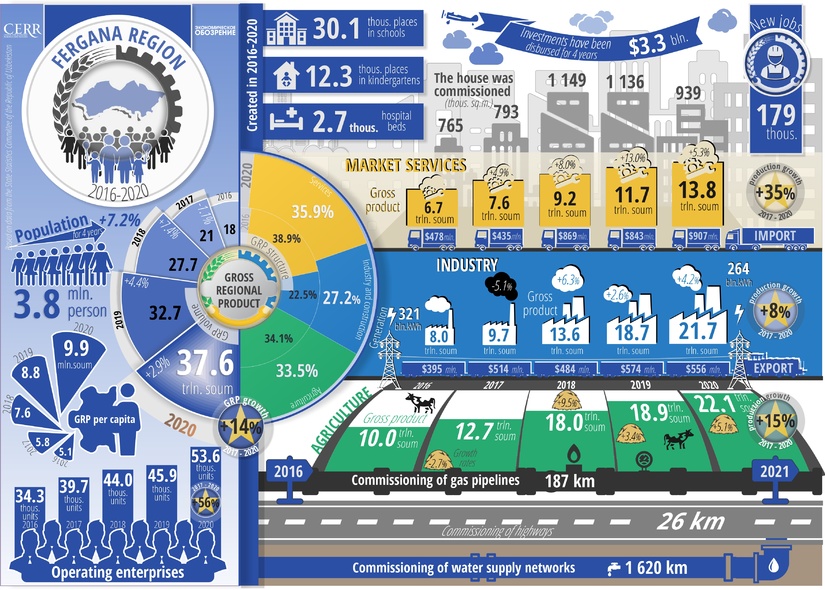
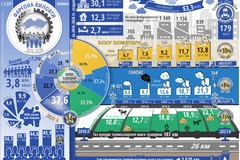

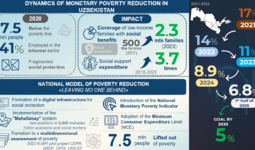
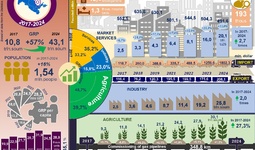
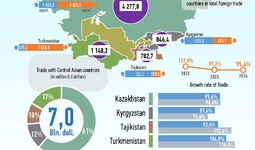
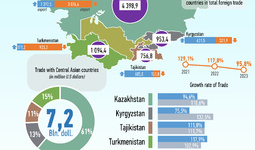
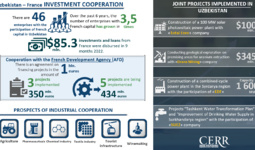













leave a comment